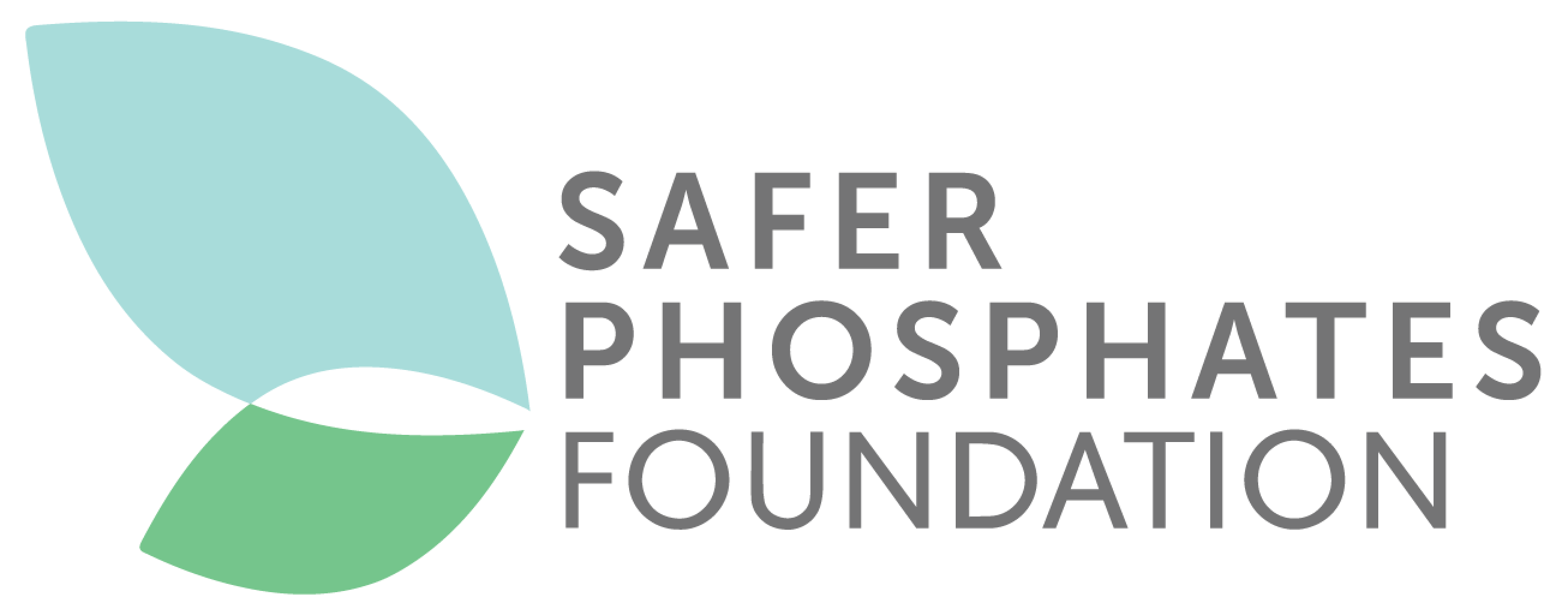The new European Fertilizers Regulation will fully come into force in July 2022. According to the Commission, lowering the level of cadmium in fertilizers is the only way to reduce its presence in the soil, where this metal has been shown to persist for a long time.
A recent research conducted by ANSES, the French Agency for Food, Environmental and Occupational Health & Safety was published in January 2021, updating the current toxicological reference value for cadmium and knowledge on its toxicological effects on human health.
In France, part of the population is overexposed to cadmium through diet. The French Agency's study revised the tolerable daily intake (TDI) of 0.36 mg Cd.kg bw.d.-1 proposed by the European Food Safety Authority (EFSA), basing their new proposal on the metal's effects on kidneys and on the critical urinary Cd concentration of 1.0 mg Cd.g.-1creatinine for humans.
)
Specifically, according to the ANSES TDS2 (Second French Total Diet Study) report, the dietary exposure of the French population to cadmium appeared to be increasing compared to the previous TDS published in 2004. The TWI (tolerable weekly intake) defined by EFSA in 2009 was exceeded in 0.6 % of adults and 15 % of children. More recently, the iTDS (French infant Total Diet Study) drew the same conclusion as the TDS2, i.e. that the health risk associated with cadmium cannot be ruled out for children under three years of age.
In 2009, EFSA estimated that the effect levels for cumulative lifetime exposure to cadmium linked to renal dysfunction corresponded to a urinary cadmium level of 1.0mg Cd.g-1 creatinine. For urine cadmium concentrations to remain below this critical threshold, EFSA used a one-compartment toxicokinetic model to estimate that dietary cadmium intake should not exceed 2.52mg Cd.kg bw.wk.-1. Hence, the tolerable daily intake (TDI) for cadmium should not exceed 0.36 mg Cd.kg bw.d.-1.
After reviewing the epidemiological data on Cd toxicity published after 2011, bone effects were selected as the main criteria. In ANSE's recent study, body burden data of 0.5 mg.g-1 creatinine was chosen as the critical threshold for human urinary cadmium concentrations. The new study updated the current state of knowledge on the toxicological effects of cadmium on human health.
The new toxicological reference value constitutes a health-protective reference value for future health risk assessments off consumers who are exposed to food which has been contaminated with cadmium along the food chain.
References
Leconte, S., Rousselle, C., Bodin, L., Clinard, F., & Carne, G. (2021). Refinement of health-based guidance values for cadmium in the French population based on modelling. Toxicology Letters, 340, 43-51.
ANSES, 2011. Avis et rapport relatifs aux résultats de l’étude nationale de surveillance des expositions alimentaires aux substances chimiques (Etude de l’Alimentation Totale 2-2006-2010). Saisine n2006-SA-0361.
ANSES, 2016. Avis et rapport de l’Anses relatif à l’exposition alimentaire des enfants de moins de 3 ans à certaines substances – Etude de l’Alimentation Totale Infantile (EAT infantile) Saisine n2010-SA-0317
(EU) 2019/1009 of the European Parliament and of the Council of 5 June 2019 laying down rules on the making available on the market of EU fertilising products and amending Regulations (EC) No 1069/2009 and (EC) No 1107/2009 and repealing Regulation (EC) No 2003/2003.

